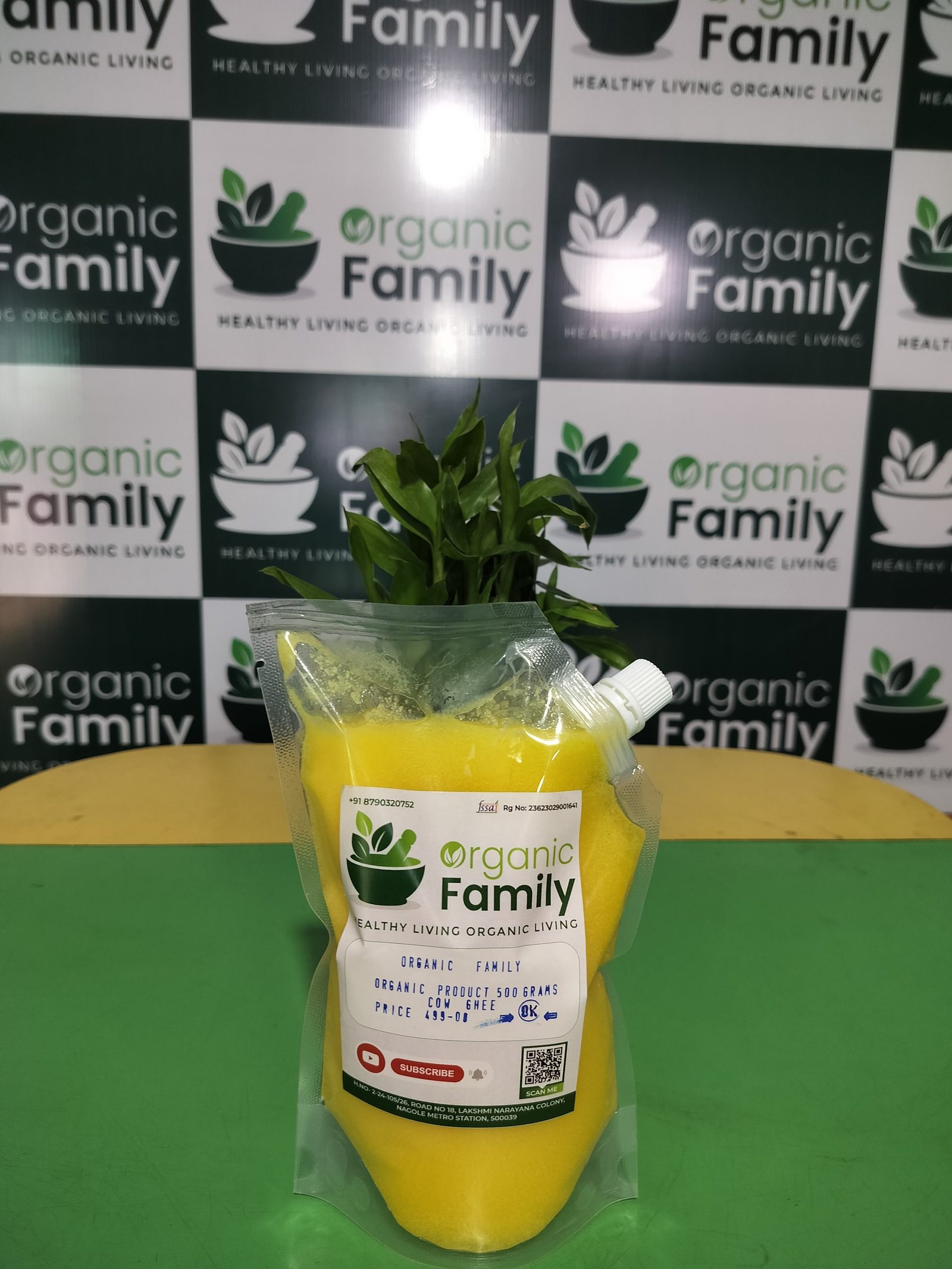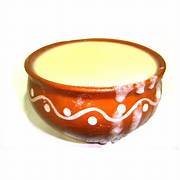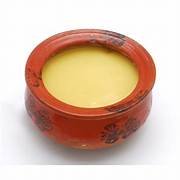No products in the cart.
Desi ghee? How is it different from regular ghee? Why is it so special and how did it earn the precursor ‘Desi?’ Well. First things first. To put it precisely, desi ghee is made from pure cow’s milk. It is produced after enormous churning of buttermilk and heating butter at the right temperature, in a traditional method for that aromatic and rich flavour.
Alright. If you thought, it’s interesting, let’s talk more about own desi ghee or just clarified butter as they simply put it in English. And again if you are wondering if the desi ghee too claimed its position back and if it is actually healthy – in the next few paragraphs, we will be busting numerous myths associated with that golden colour, clear liquid with occasional solidified content floating around – and why, you should be making it a part of your staple diet, right now!
There is no denying that ghee or ghrita, as they say in Sanskrit is our own Indian invention. Each tiny drop has been nurturing mankind for a countless number of generations, occupying an important role in rituals, as an integral part of ancient medicine Ayurveda eventually becoming an inseparable part of our lives.
The word ghee is coined from the Sanskrit word ghr– which means sprinkle and in Southern parts of India it is widely known as Neyyi. Ghee occupies an imperative position be it in Vedic rituals, marriages, religious customs and varied cuisines across India, Middle Eastern and South East Asian countries.
Desi Ghee In Traditional Texts:
Hindu Vedic text Yajurveda mentions ghee, made from pure cow’s milk as a sacred ingredient, a must-have in all homams, yagnas and is offered to agni (fire) and various deities, during rituals.
The epics Mahabharata and Bhagavata are incomplete without the mention of desi ghee, as Kauravas were believed to be nurtured as foetuses in a pot filled with ghee, while the stories of little Krishna and his friends drooling over ghee and other dairy products have always remained a delight for the devotees.
Muslims believe ghee from grass-fed cows is both a shifaa (cure) and dawaa (medicine) for its wide range of health and medicinal properties. It is also interesting to note that Buddhism attributes ‘ghee’ to the highest order of learning, often comparing it to the last of five flavours in dairy – milk, cream or malai, curdled milk, butter and then ghee to Lotus and Nirvana sutras – the tallest among all teachings.
Traditional Indian medicine suggests lighting diyas, by dipping wicks made from pure cotton, in ghee to kill viruses, bacteria and other contaminants in the air, in the evening hours especially during rainy and winter seasons.
Desi Ghee in Cuisines:
The presence of desi ghee in our daily life is humongous even today, with every foodie reaching out for a spoonful of this dairy wonder, to top their dishes. South Indians swear by their, ‘Ghee roast’ the crispy dosas, fluffy idlis dipped in freshly brewed ‘neyyi,’ while for North Indians, puranpoli, parathas, rotis, biriyani, kichidi and not to forget halwas, laddus are just incomplete, without generous dollops of ghee.
In many Indian families, serving food with freshly melted ghee is a sign of pride, affection and it is a common sight in our families, mothers and grandmothers insisting upon their children to add more ghee to their diet.
Like all other traditional foods, Desi Ghee too went through few grim years in the last one decade but all thanks to the awareness being created by celebrities, nutritional experts, it is regaining its glory. From being labelled as unhealthy, fatty, a major contributor to weight gain, it is now trending as a superfood and before we plunge into myths and facts associated with desi ghee, let’s know, how exactly it is made.
Additional information
| SIZE | 500 ML, 1000 ML |
|---|







Reviews
There are no reviews yet.